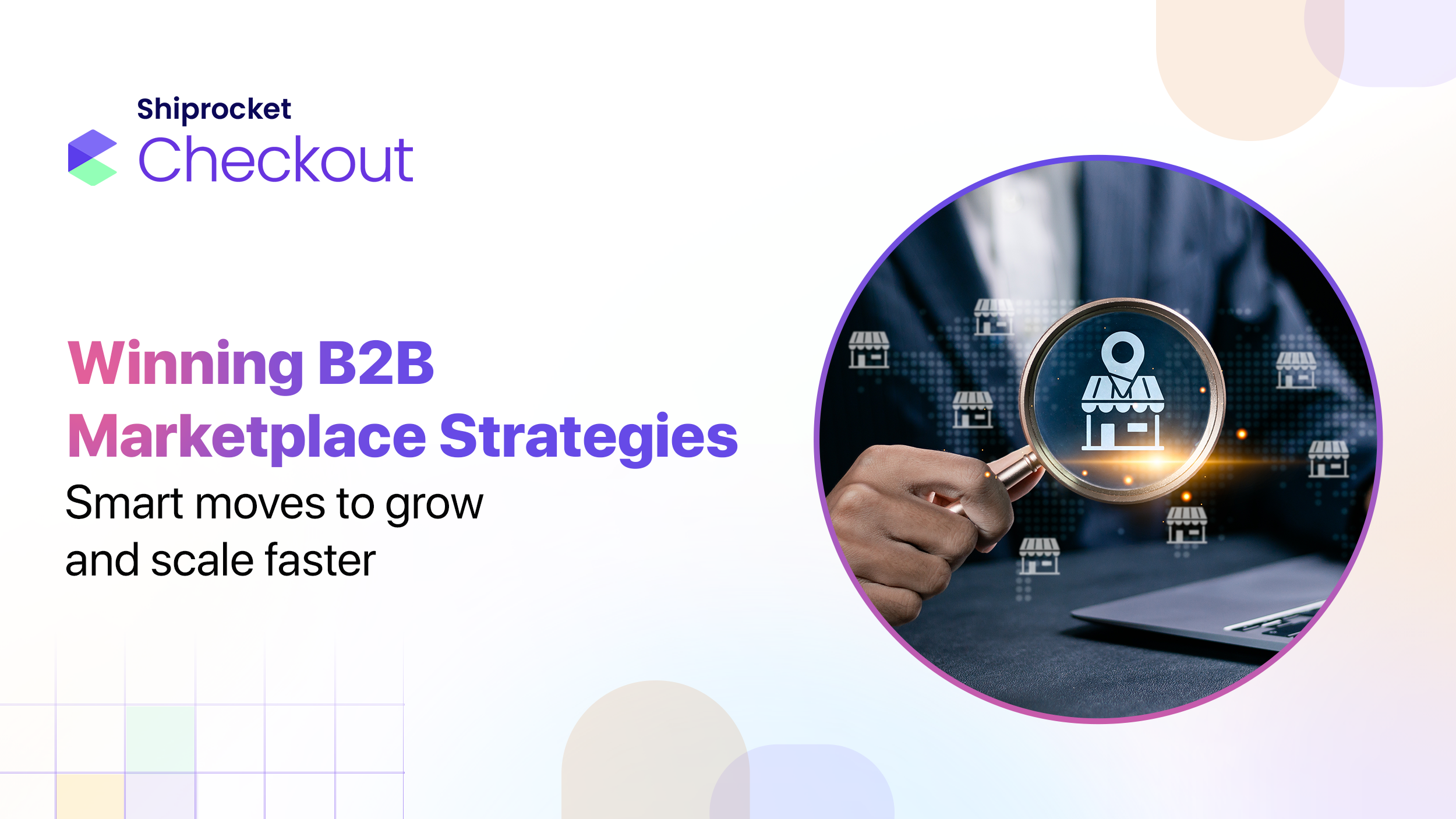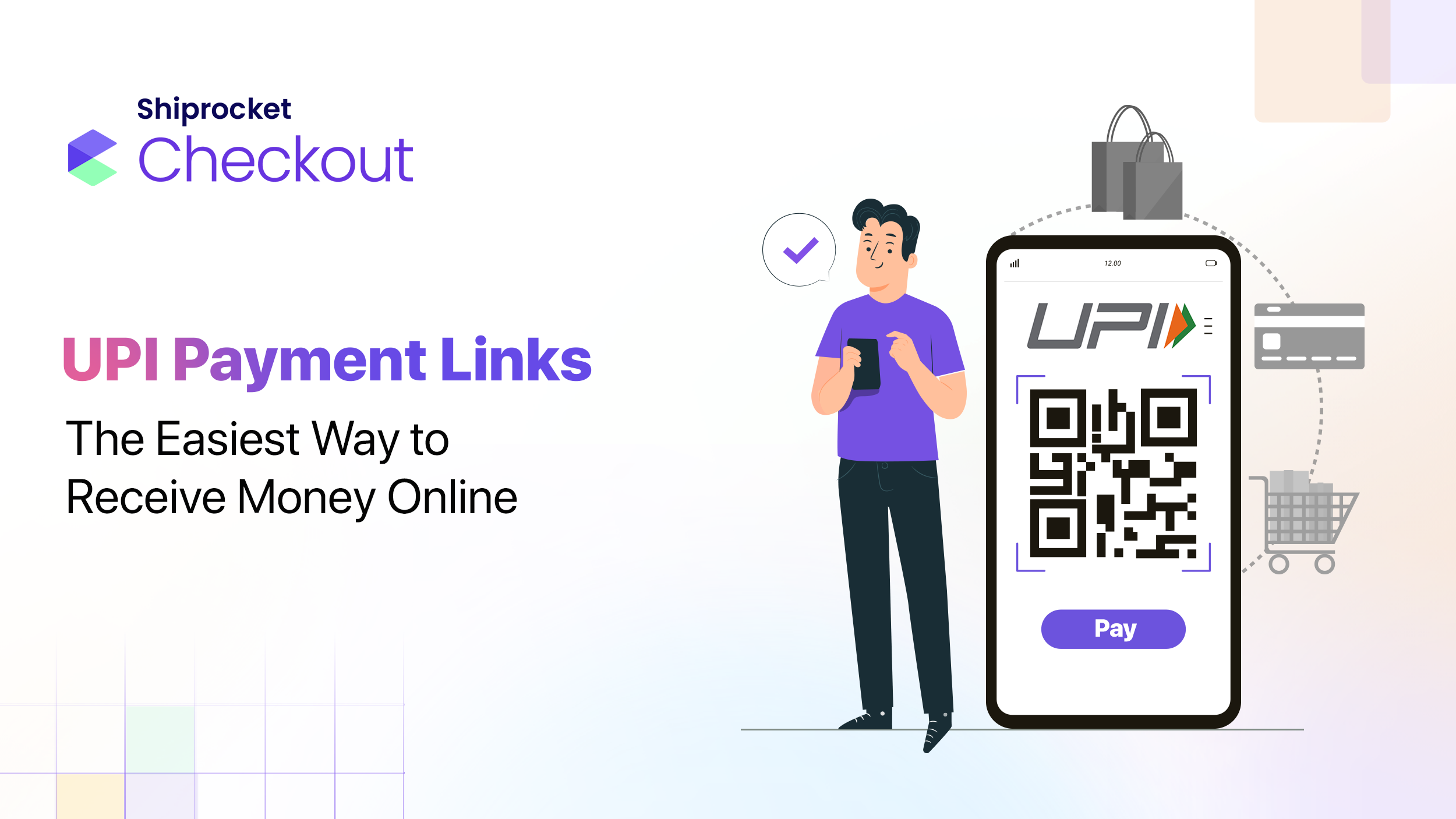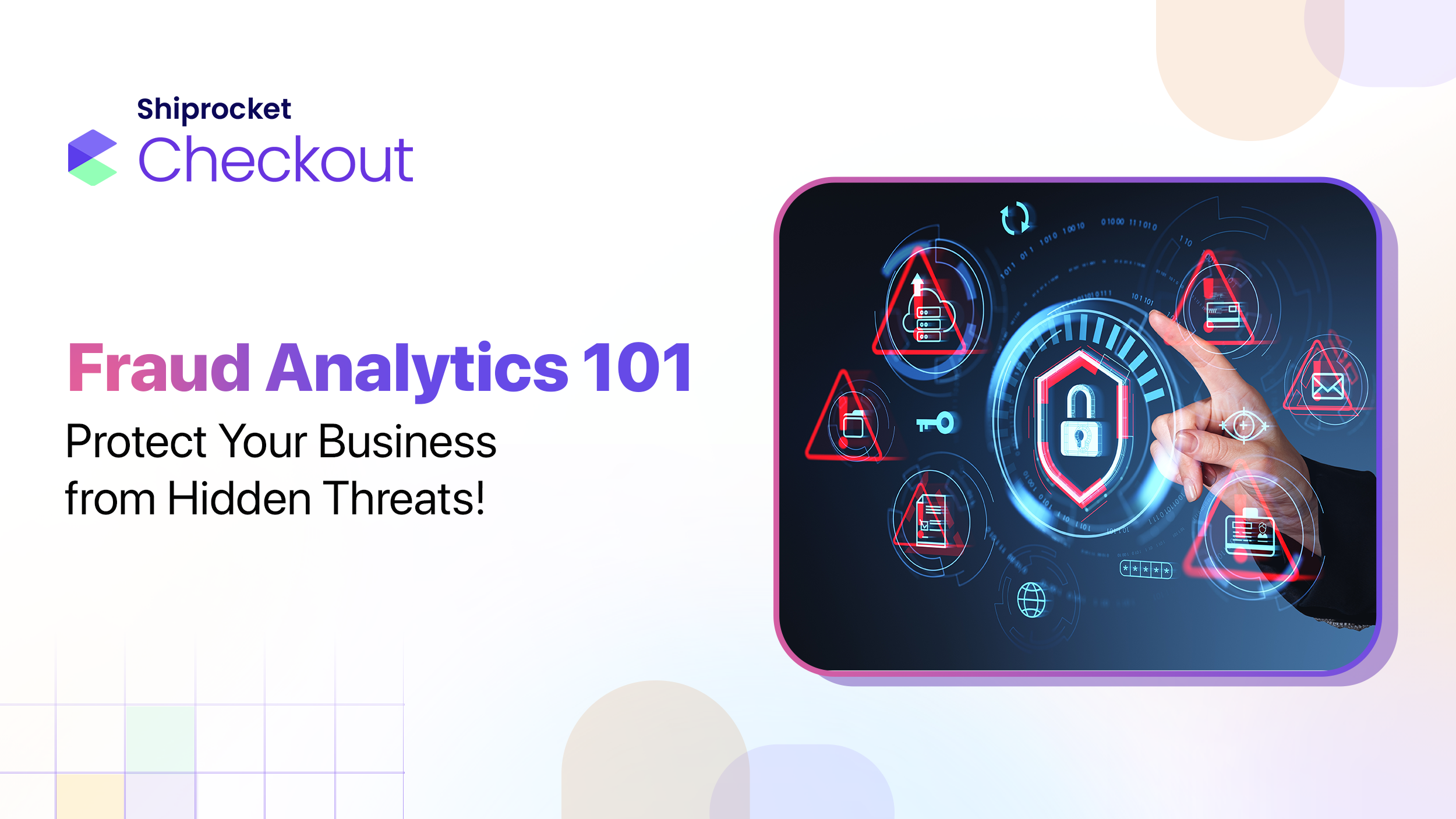What is Tiered Pricing? Models, Examples, and Key Strategies
Tiered pricing is a flexible billing structure that has proven to drive growth for eCommerce businesses. Companies that use tiered pricing made significantly more money than those that use a single flat price for everyone. According to a study by Price Intelligently, on average, these companies saw a staggering 98% increase in revenue compared to those using a single-price model. SaaS businesses using tiered pricing also had fewer customers (5% vs. 8%) cancelling their subscriptions. By offering multiple pricing levels tailored to different customer needs, you not only attract a broader audience but also improve retention and customer lifetime value.
This blog will explore how tiered pricing works, its real-world examples, practical tips to help you implement the right model for your business, and more.
What is Tiered Pricing?
Tiered pricing is a flexible pricing strategy in which businesses offer their products or services at different price points, organised into distinct tiers or levels. Each tier corresponds to a specific set of features, quantities, or service levels. This pricing model enables customers to choose a price that best suits their needs and budget, rather than paying a fixed rate regardless of usage or features.
The tiered pricing model offers your business and customers several benefits, including the following:
- Attract more customers with flexible pricing options: With tiered pricing, you present entry-level plans for budget-conscious users and premium tiers for those needing advanced capabilities. This broadens your market reach and helps you serve multiple customer segments effectively.
- Drive higher revenue and profit margins: Lower tiers attract new users, while higher tiers, offering greater value, ultimately drive higher revenue per user and better profit margins. As customer needs change, they can easily upgrade, thereby boosting long-term income without incurring additional acquisition costs.
- Boost retention through scalable value: The tiered pricing model encourages customers to upgrade as their requirements grow, supporting organic revenue growth without constant new customer acquisition. Satisfied customers who find a suitable tier are more likely to remain loyal, improving retention.
- Differentiate yourself from competitors with value-based tiers: Competing solely on price leads to price wars. Offering structured, value-rich tiers helps you stand out by emphasising what customers get, not just what they pay. It shifts focus to value, features, and service levels.
- Simplify the buying decision: A clear set of pricing tiers makes it easy for customers to compare options and choose the right fit. This reduces decision fatigue, shortens the sales cycle, and improves the overall buying experience.
- Gather actionable customer insights: Tier performance provides real-time feedback on customer preferences, usage behaviour, and pricing sensitivity. These insights guide smarter product development, segmentation, and marketing campaigns.
- Stay agile with scalable and adaptable pricing structures: You can update price tiers, add new ones, or adjust pricing as market conditions shift. This flexibility keeps your offering competitive and future-proof.
- Position your brand as premium: Even if most users choose lower tiers, having a high-end option enhances your brand image. A premium tier signifies quality and attracts customers seeking top-tier performance and exclusivity.
- Influence buying behaviour with pricing psychology: Strategically designed tiers use anchoring and decoy effects to nudge users toward higher-value plans. It’s a subtle pricing psychology that boosts your average transaction size without aggressive strategies.
Comparing Tiered and Volume Pricing Strategies
Tiered and volume pricing are both strategies designed to incentivise larger purchases by offering lower prices at higher quantities, but they differ significantly in how discounts are applied.
| Feature | Tiered Pricing | Volume Pricing |
| How it works | The cost per unit drops as a customer purchases a certain threshold quantity of products. However, the lower price is only set for products that fall within a specific price tier. | Once a volume threshold is met, the lower price applies to all units purchased. |
| Customer incentive | Encourages incremental purchases to reach the next tier, but each tier only applies to its range. | There is a strong incentive to buy in bulk, as the discount applies to the entire order. |
| Business impact | Tends to generate higher revenue per sale, especially on large orders. | Simpler for customers to understand, but can result in lower revenue per large transaction. |
In tiered pricing, each quantity segment (tier) is charged at its rate, and the discount only applies to units within that tier. In volume pricing, when a customer purchases a large enough quantity of a product, exceeding a set threshold, the discounted price applies to every item in the order, not just those beyond that threshold.
For example, a company buys 22 software licenses, and the tiers are:
- 1-10 at Rs. 1,600
- 11-20 at Rs. 1,200
- 21+ at Rs. 800
The company will have to pay:
- Rs. 1,600 × 10 = Rs. 16,000
- Rs. 1,200 × 10 = Rs. 12,000
- Rs. 800 × 2 = Rs. 1,600
Total = Rs. 29,600
Once they reach a certain quantity, all units are priced at the lower rate. Using the same example of 22 licenses, all units would cost Rs. 800 each.
Rs. 800 × 22 = Rs. 17,600
Popular Tiered Pricing Models You Can Use
Popular tiered pricing models are widely used across industries to cater to different customer needs and maximise revenue. The most common approaches include:
Three-Tier Pricing Model
This is the most popular structure, often labelled as basic, standard, and premium (or similar, such as small, medium, large). Each tier offers a different set of features, usage limits, or service levels. The middle tier is commonly perceived as the best value, encouraging many customers to choose it.
Volume-Based (or Usage-Based) Tiered Pricing
The price per unit decreases as the customer purchases more (e.g., buying in bulk or utilising a service more frequently). It’s most commonly used in industries selling physical goods or SaaS products with variable usage, such as cloud storage or email marketing platforms.
Feature-Based Tiered Pricing
Tiers are differentiated by the features or capabilities offered at each level. Lower tiers provide basic functionality, while higher tiers unlock advanced tools or premium support. Software companies and digital service providers commonly employ this pricing model.
Subscription-Based Tiered Pricing
In subscription based pricing model, you charge your customers a regular subscription fee, rather than a one-time cost. They can either make the payment monthly, quarterly, or annually, as allowed by the business. You offer your products or services in different levels or bundles, and each tier provides a different level of access, features, higher quality, or exclusive benefits. Higher tiers usually cost more but offer more value. For example, Netflix’s Basic, Standard, and Premium plans, and Spotify’s Free, Premium, and Family plans.
Multi-Tier (More Than Three Tiers) Pricing
Some businesses, especially those serving diverse customer segments, offer four or more tiers to cater to a broader range of needs. This pricing strategy is common among SaaS platforms that aim to serve a wide range of users, from individuals to large enterprises.
User Count-Based Tiers
This pricing model involves increasing prices in proportion to the number of users. Initially, there are predefined pricing levels (tiers), each supporting a specific range of users. As businesses scale up to support more users, the price increases. This is common for collaborative tools and team-based software.
How to Get Tiered Pricing Right
Here are the most important steps and best practices to get tiered pricing right for your business:
- Deeply Understand Your Customers
Conduct thorough market research to identify your target segments, their needs, willingness to pay, and purchasing motivations. Build detailed buyer personas to ensure each tier aligns with a specific customer group.
- Define Clear Business Objectives
Set specific goals for your pricing strategy, whether it’s maximising revenue, increasing market share, or targeting new segments.
- Analyse Costs and Profit Margins
You should carefully evaluate the true cost of offering each pricing tier of your product or service to your customers. Calculate total expenses (both visible and hidden) involved in delivering your product or service, and determine your profit margin. Ensure every tier is profitable and sustainable, not just the premium ones.
- Benchmark Against Competitors
Study how competitors structure their tiers and price points to ensure your offering is competitive and differentiated.
- Craft Distinct Value Propositions for Each Tier
Each tier should offer a unique, easily understood set of features or benefits that justify its price. Use clear descriptions and comparisons to highlight the incremental value at each level.
- Limit the Number of Tiers
Too many options can overwhelm customers. Three to four tiers are often optimal for clarity and decision-making.
- Use Psychological Pricing and Anchoring
Pricing your products or services just below round numbers (e.g., Rs. 99 vs. Rs. 100) can help you increase their perceived value. Present the highest tier first to make the lower tiers appear more affordable by comparison.
- Test, Monitor, and Adjust
Launch your tiers and monitor customer behaviour, feature popularity, and conversion rates. Adjust tiers, features, or pricing based on data and customer feedback to optimise performance over time.
- Communicate Transparently
Clearly explain what each tier includes and how it benefits the customer. Proactively inform customers about any changes to pricing or features.
- Support and Upsell
Provide excellent customer support across all tiers, with premium options for higher-paying customers. Use promotional and discount offers to encourage your customers to upgrade their tier to a higher tier.
Conclusion
When used correctly, tiered pricing can give your business a competitive advantage. It enables you to align your offerings with diverse customer expectations, enhance perceived value, and scale revenue efficiently. To build a pricing structure that scales with your business, it’s essential to focus on clear segmentation, customer psychology, and value-based tiers. Test, optimise, and adapt as the market and your customer change. Tiered pricing can give your business the flexibility to serve more customers without compromising profitability. Shiprocket Checkout accelerates the buying journey with a one-click, mobile-optimised experience, allowing your customers to complete the checkout quickly and smoothly. Its intelligent features, such as address autofill, real-time promotions, and estimated delivery dates, directly support purchase decisions at every pricing level. You also gain tight control over COD and RTO rates, enabling you to maintain profitability across all customer segments. With built-in A/B testing, UTM tracking, and AI-driven insights, you can test how each pricing tier performs and refine it based on actual buyer behaviour.



